Interviews with Experts
10 Breakthrough Strategies for Urban Forest Conservation
You may think that urban environments and forests are mutually exclusive, but the reality is quite the opposite.
Urban forests play a crucial role in enhancing the quality of life in cities, offering a multitude of benefits ranging from air purification to mental well-being.
But with increasing urbanization, the preservation of these vital green spaces is more critical than ever.
In the following discussion, you will discover ten innovative strategies that are reshaping the landscape of urban forest conservation, offering a glimpse into the future of sustainable and thriving cities.
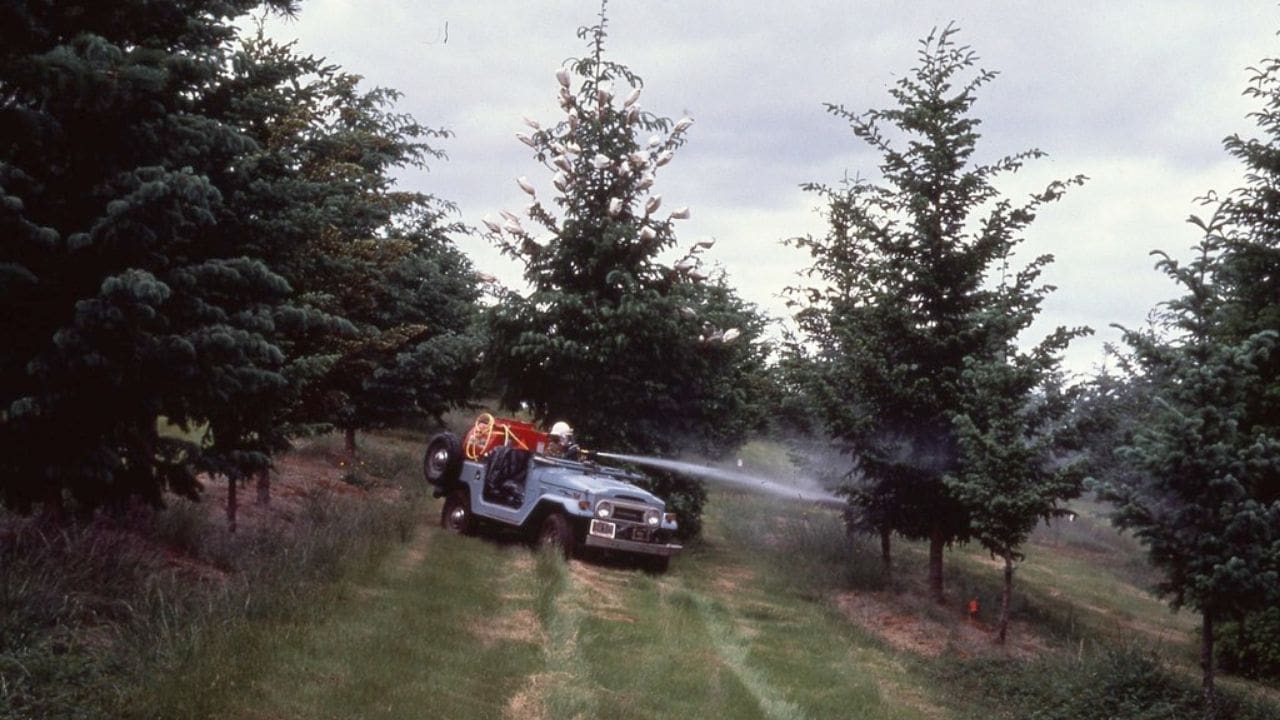

Key Takeaways
- Tree planting initiatives and sustainable urban planning can contribute to urban forest conservation and improve air quality.
- Integrating green spaces into urban planning and promoting mixed-use development can enhance the aesthetic appeal of cities and improve the quality of life for residents.
- Community involvement plays a crucial role in urban forest conservation and can lead to environmental benefits such as enhanced biodiversity and improved air quality.
- Green space development and climate change mitigation go hand in hand, as maintaining a healthy and sustainable community involves preserving and expanding green spaces, which can help combat climate change through carbon sequestration and reducing the urban heat island effect.
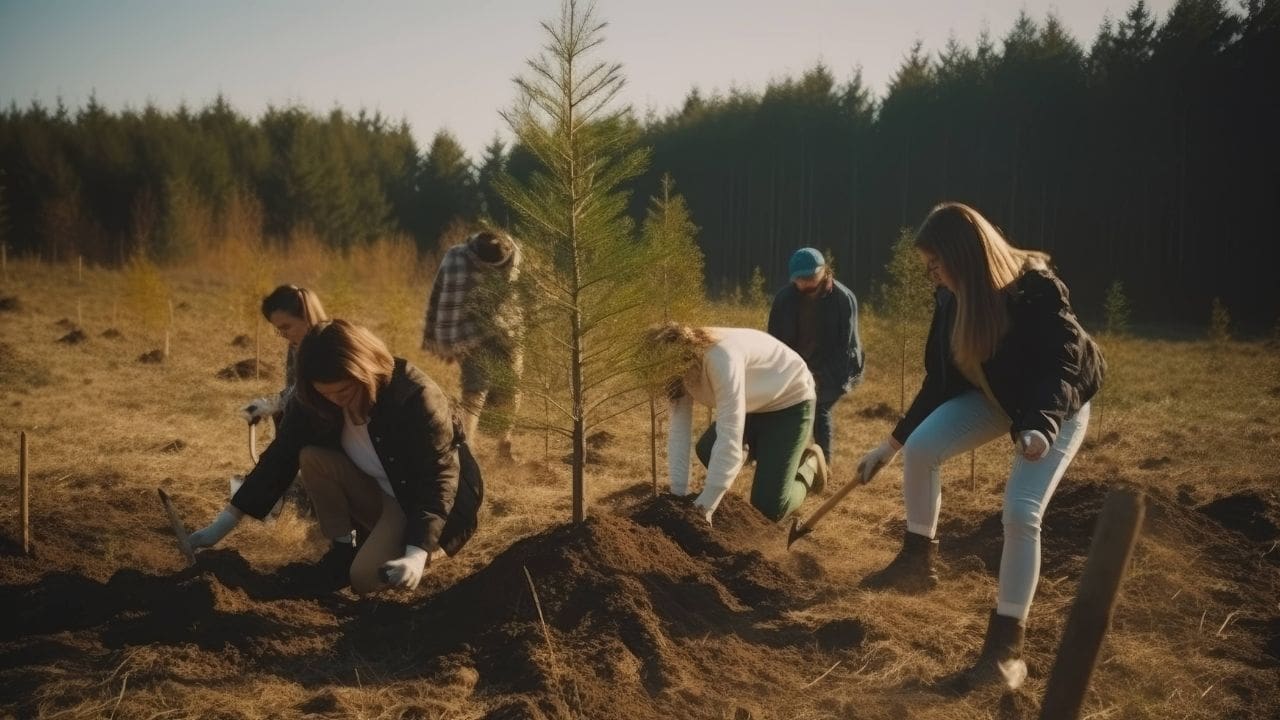

Tree Planting Initiatives
You can support urban forest conservation through active participation in tree planting initiatives. By getting involved in tree planting initiatives, you contribute to the creation of a safer and healthier urban environment. Planting trees not only adds to the beauty of the city but also helps improve air quality by absorbing pollutants and releasing oxygen. Additionally, trees provide shade, reducing the urban heat island effect and lowering temperatures in built-up areas, which is especially important for safety during hot summer months.
Participating in tree planting initiatives also fosters a sense of community and belonging. By coming together with neighbors and other members of the community to plant trees, you strengthen bonds and create a shared sense of responsibility for the environment and the safety of the neighborhood. Furthermore, the presence of trees has been linked to lower crime rates in urban areas, making tree planting an indirect way to contribute to community safety.
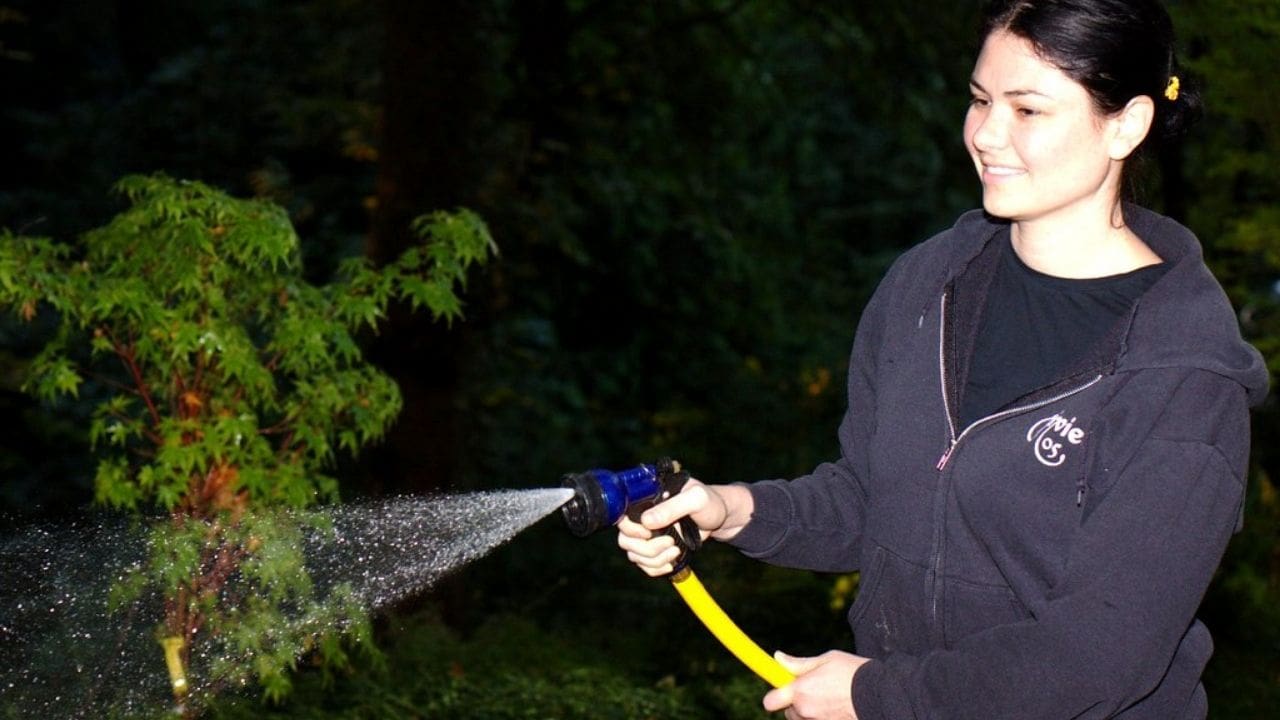

Sustainable Urban Planning
You should consider integrating green spaces into urban planning to promote environmental sustainability and improve the quality of life for residents.
Mixed-use development can also be a key aspect of sustainable urban planning, creating vibrant and walkable neighborhoods that reduce the need for driving and minimize environmental impact.
Green Spaces Integration
Integrating green spaces into urban planning not only enhances the aesthetic appeal of the city but also promotes environmental sustainability and public well-being.
When these green spaces are seamlessly integrated into urban areas, they provide numerous benefits that contribute to a safer and healthier environment for everyone. By incorporating green spaces into urban planning, you create natural areas that act as buffers against air and noise pollution, reduce urban heat island effects, and mitigate the risk of flooding.
These green spaces also offer opportunities for outdoor recreational activities, which can enhance community engagement and promote physical well-being. Furthermore, the presence of green spaces within urban areas has been shown to have a positive impact on mental health, providing a peaceful retreat from the hustle and bustle of city life.
Mixed-Use Development
Mixed-use development in sustainable urban planning involves creating areas that blend residential, commercial, and recreational spaces, fostering a vibrant and efficient urban environment. This approach not only promotes a sense of community but also reduces the need for long commutes, decreasing traffic congestion and pollution.
Safety is a critical consideration in mixed-use developments, with careful attention given to pedestrian and cyclist access, lighting, and crime prevention through environmental design. By integrating housing, workplaces, and amenities, mixed-use developments encourage walkability and create a lively atmosphere that deters criminal activity. Moreover, the proximity of diverse activities fosters a natural form of surveillance, enhancing safety.
When designed thoughtfully, mixed-use developments can contribute to a secure and inviting urban environment, promoting a sense of well-being for all residents and visitors.


Community Involvement
Community engagement plays a crucial role in the successful implementation of urban forest conservation strategies. As a resident in an urban area, your involvement is key to ensuring the preservation and growth of the local urban forest. By participating in community events, volunteering for tree planting initiatives, and advocating for green spaces, you contribute to the protection of the urban forest, making your neighborhood a safer and healthier place to live.
Engaging with your local community allows you to voice concerns about potential threats to the urban forest, such as development projects or improper tree maintenance. Your active participation in community meetings and discussions can influence local decision-makers to prioritize the conservation of urban green spaces, ultimately enhancing the safety and well-being of the neighborhood.
Additionally, involving yourself in educational programs and workshops about urban forest conservation not only increases your understanding of the importance of trees in urban areas but also empowers you to spread awareness and encourage others to join in the conservation efforts.


Environmental Benefits
You’ll be pleased to learn about the environmental benefits of urban forest conservation.
Trees play a vital role in improving air quality by absorbing pollutants and providing oxygen.
Additionally, urban forests contribute to enhancing biodiversity, creating habitats for various plant and animal species.
Air Quality Improvement
How can urban forest conservation strategies contribute to improving air quality in cities?
Urban forest conservation plays a crucial role in enhancing air quality, benefiting the health and safety of city residents. Consider the following points:
- Air Pollution Reduction: Trees and vegetation in urban areas help to absorb air pollutants such as nitrogen oxides, sulfur dioxide, and particulate matter, thereby reducing the concentration of harmful substances in the air.
- Oxygen Production: Through the process of photosynthesis, trees release oxygen, contributing to higher oxygen levels in the atmosphere and improving overall air quality.
- Temperature Regulation: Urban forests provide shade and cool the air through evapotranspiration, which can help reduce the formation of ground-level ozone, a harmful air pollutant.
Biodiversity Enhancement
Enhancing urban forest conservation not only improves air quality but also contributes to the enhancement of biodiversity in urban environments. By preserving and expanding green spaces, you create habitats for a variety of plant and animal species. This, in turn, supports the overall health of the ecosystem. Increased biodiversity can lead to natural pest control, pollination of plants, and improved soil health.
Additionally, a diverse urban forest can provide a more resilient environment, better able to withstand environmental stressors such as extreme weather events. Furthermore, a rich tapestry of plant and animal life can enhance your overall experience within the urban environment, bringing a sense of tranquility and connection to nature.
Prioritizing biodiversity in urban forest conservation efforts is essential for creating safe and thriving urban spaces.
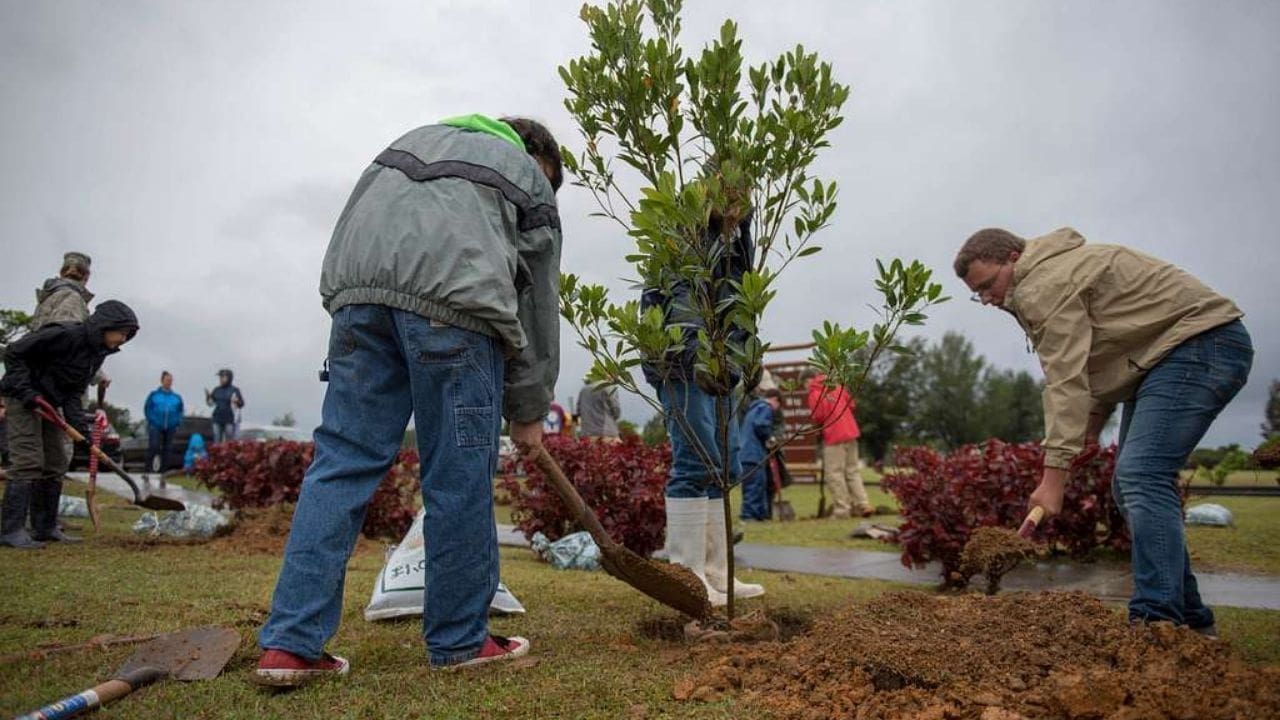

Green Space Development
In urban environments, creating and preserving green spaces is vital for maintaining a healthy and sustainable community. Green space development not only enhances the aesthetic appeal of urban areas but also plays a crucial role in promoting the well-being and safety of residents. Here are some key points to consider:
- Community Engagement: Involving local residents in the planning and development of green spaces fosters a sense of ownership and responsibility, leading to increased safety and security within these areas. Encouraging community-led initiatives such as neighborhood watch programs and regular maintenance activities can contribute to a safer and more secure environment for all.
- Ecological Balance: Green spaces provide habitat for diverse plant and animal species, contributing to a balanced ecosystem that can help regulate pests and reduce the risk of vector-borne diseases. Implementing sustainable landscaping practices and incorporating native plant species can enhance biodiversity and create a more resilient and healthy environment for both humans and wildlife.
- Public Health: Access to green spaces has been linked to improved mental and physical health outcomes, offering opportunities for outdoor recreation and relaxation while promoting a sense of safety and well-being for urban residents.
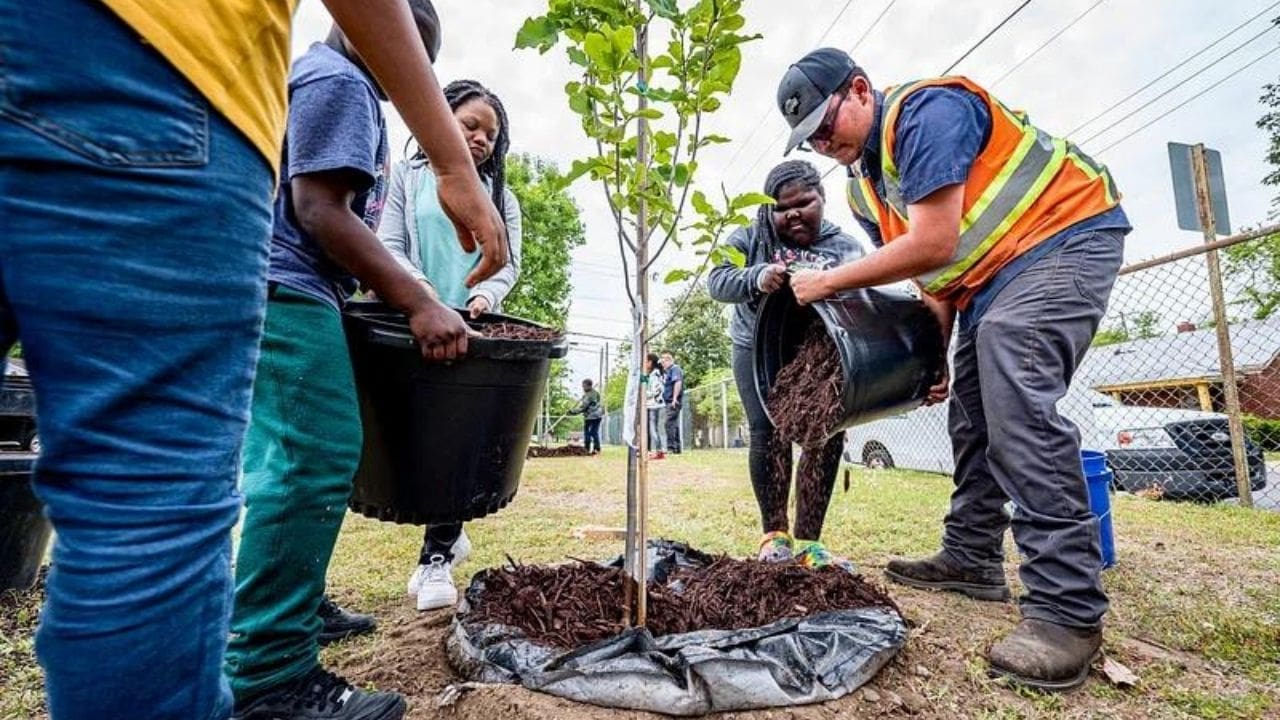

Biodiversity Enhancement
To enhance biodiversity in urban forests, focus on creating habitats that support a variety of species and provide protection for existing ones.
By strategically planting native trees and vegetation, you can foster a diverse ecosystem that attracts and sustains various forms of wildlife.
Implementing these strategies won’t only enrich the urban forest environment but also contribute to the overall health of the ecosystem.
Habitat Creation
Creating habitats for diverse species is a key strategy in urban forest conservation, promoting biodiversity and ecosystem resilience. To ensure safety in habitat creation, consider the following:
- Plant native species: Choose trees, shrubs, and plants that are native to the area to provide a familiar and safe environment for local wildlife.
- Avoid invasive species: Invasive plants can outcompete native species and disrupt the balance of the ecosystem, leading to potential safety hazards for wildlife.
- Provide diverse vegetation layers: Incorporate a variety of plant heights and densities to offer different species suitable nesting, foraging, and shelter options.
- Consider wildlife corridors: Connect habitat patches with green spaces to allow safe movement for wildlife, reducing the risk of isolation and enhancing genetic diversity.
Species Protection
As you enhance urban forest biodiversity, prioritize the protection of diverse species through carefully curated habitat creation strategies. Consider planting a variety of native trees, shrubs, and plants to provide food and shelter for different species.
Create a mosaic of habitats within the urban forest, including meadows, wetlands, and wooded areas, to support a wide range of wildlife.
Implement measures to control invasive species and manage the spread of diseases that can harm local flora and fauna.
Regularly monitor the urban forest ecosystem to assess the health of different species and make adjustments as needed.
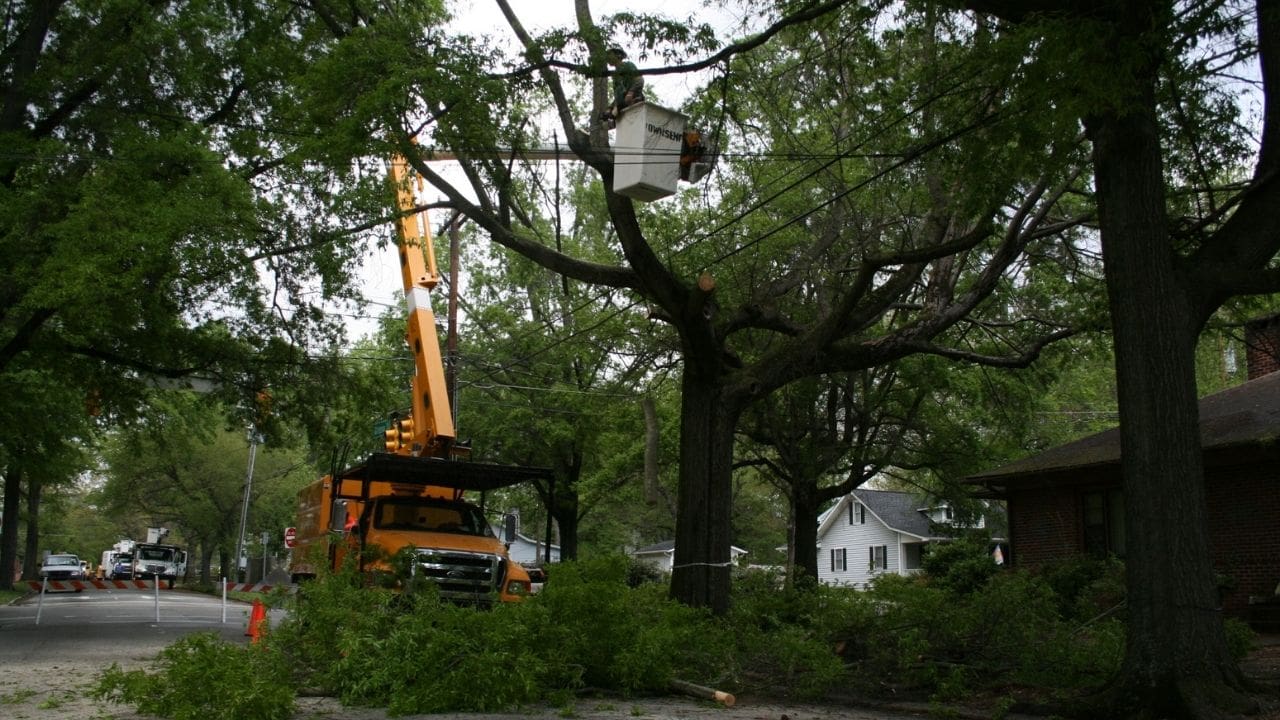

Climate Change Mitigation
Urban forest conservation contributes to climate change mitigation by sequestering carbon dioxide and reducing the urban heat island effect. By actively participating in the conservation of urban forests, you’re directly contributing to the reduction of greenhouse gases and the moderation of urban temperatures. Here’s a deeper understanding of how urban forest conservation aids in climate change mitigation:
- Carbon Sequestration: Urban trees absorb carbon dioxide during photosynthesis and store it as carbon in their biomass and in the soil, helping to reduce the overall concentration of greenhouse gases in the atmosphere.
- Benefit: By increasing the carbon storage capacity of urban forests, you’re helping to combat climate change and its associated risks.
- Urban Heat Island Effect Reduction: Trees provide shade, release water vapor through transpiration, and reduce surface temperatures, thereby mitigating the urban heat island effect.
- Benefit: By promoting urban forest conservation, you’re contributing to the creation of cooler and more comfortable urban environments, ultimately enhancing public safety during heatwaves and extreme weather events.
- Air Quality Improvement: Urban trees filter pollutants and improve air quality, creating a healthier and safer environment for urban residents.
- Benefit: By supporting urban forest conservation efforts, you’re helping to safeguard the respiratory health and overall well-being of your community.
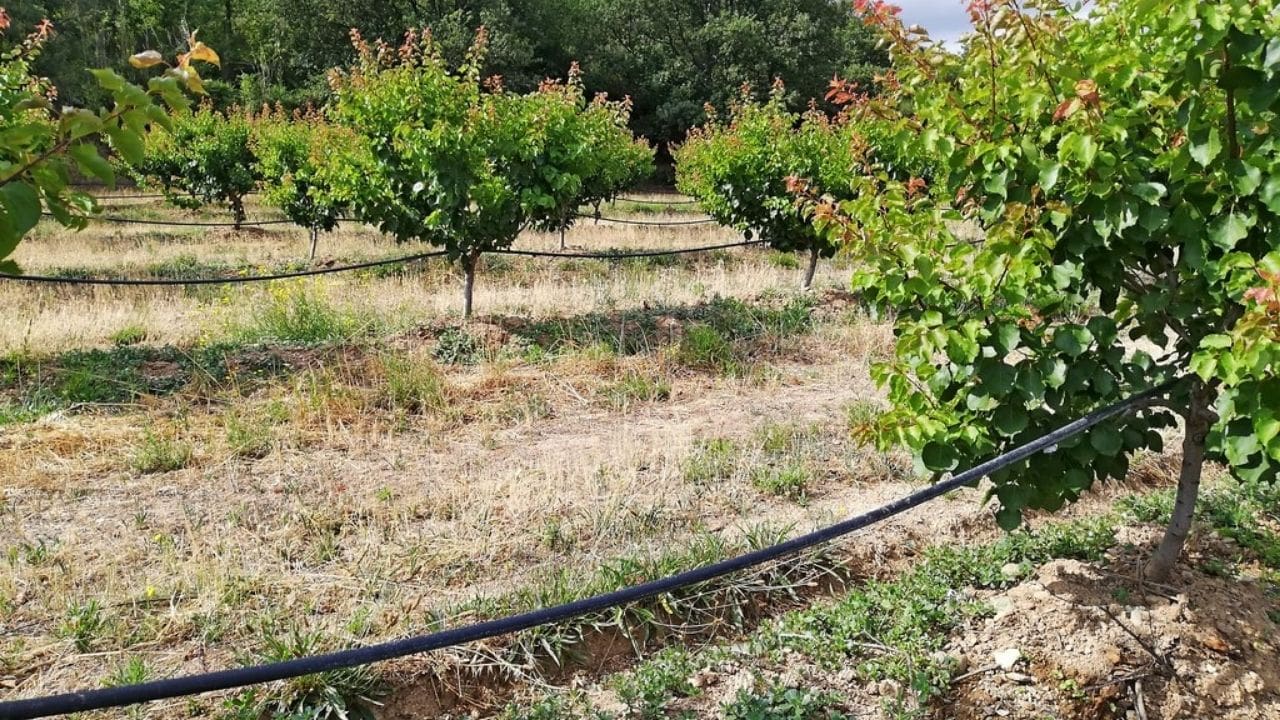

Urban Wildlife Habitat
Contributing to climate change mitigation through urban forest conservation also fosters thriving urban wildlife habitats. By preserving and expanding urban forests, you create safe havens for a variety of wildlife species in the midst of urban areas. These habitats provide food, shelter, and breeding grounds for birds, small mammals, insects, and other creatures that contribute to the ecological balance of your city.
Moreover, urban wildlife habitats offer opportunities for residents to connect with nature and experience the beauty of diverse wildlife within their own neighborhoods. However, it’s important to ensure the safety of both the wildlife and the community. Be mindful of potential interactions with wildlife, especially if you have pets or small children. Keep a safe distance and avoid feeding or approaching wild animals to prevent conflicts or potential harm.
Additionally, support conservation efforts and participate in local initiatives aimed at protecting urban wildlife habitats. Together, we can create a harmonious coexistence between urban development and wildlife, fostering a safer and more sustainable environment for all.
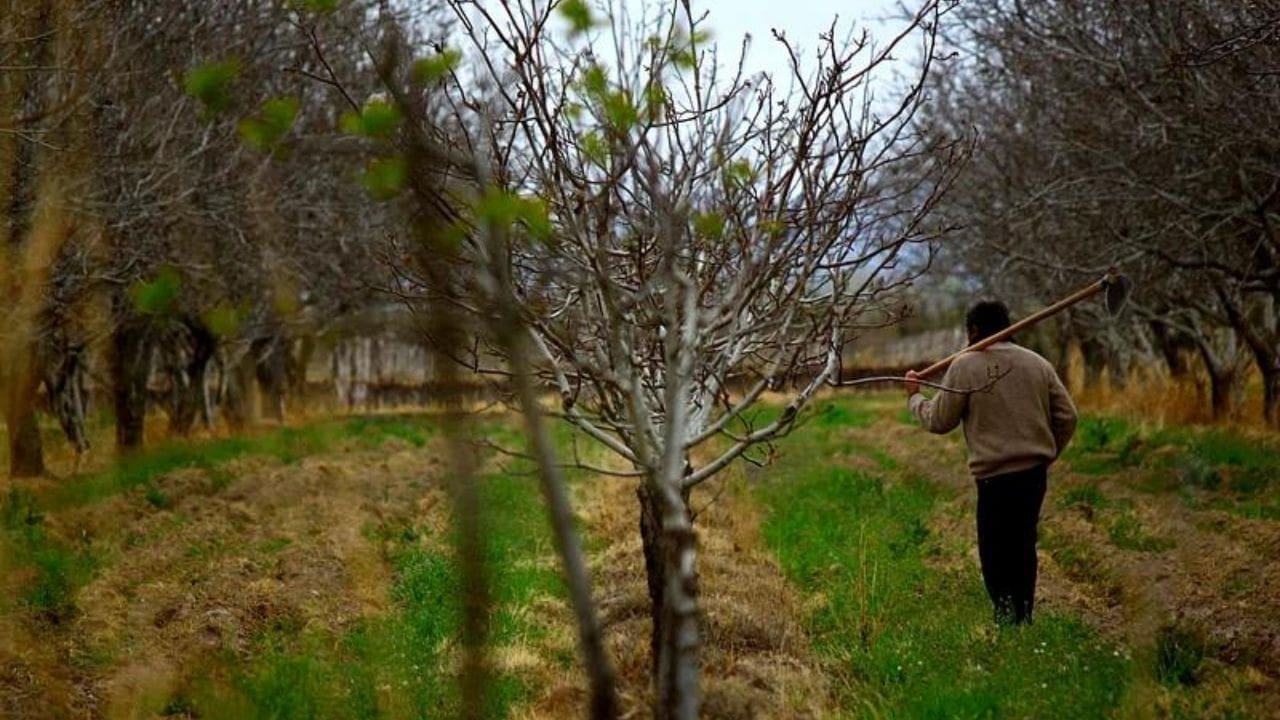

Air Quality Improvement
Improving air quality in urban areas requires proactive measures to reduce pollution from various sources. To help you understand the importance of this issue, consider the following points:
- Reducing Vehicle Emissions: Encouraging the use of public transportation, carpooling, and the adoption of electric vehicles can significantly decrease the amount of harmful emissions released into the atmosphere, ultimately leading to cleaner air for you and your community.
- Promoting Green Spaces: Increasing the number of trees and green spaces in urban areas not only enhances the aesthetic appeal of the city but also helps to absorb pollutants and produce oxygen, contributing to a healthier environment for everyone.
- Supporting Clean Energy Initiatives: Embracing renewable energy sources such as wind and solar power can reduce reliance on fossil fuels, which are a major contributor to air pollution. By advocating for clean energy initiatives, you’re taking an active role in safeguarding the air you breathe.
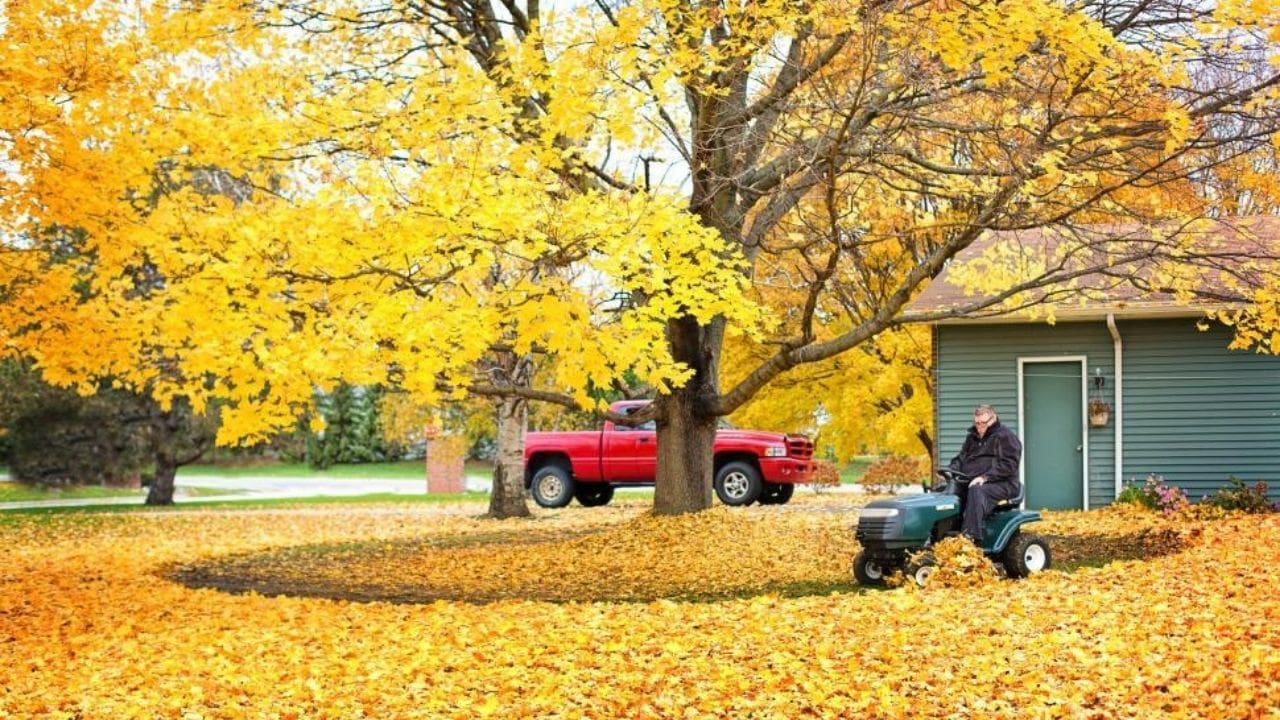

Water Conservation
Consider implementing water-saving practices to conserve this valuable resource and contribute to a sustainable urban environment. Conserving water is crucial for maintaining a healthy urban forest and ensuring the well-being of the community.
Start by using drought-resistant plants in landscaping to minimize the need for excessive watering. Additionally, installing rain barrels to collect rainwater for later use can significantly reduce water consumption.
When watering trees and plants, opt for drip irrigation systems that deliver water directly to the roots, minimizing evaporation and waste. Mulching around trees and plants can also help retain moisture in the soil, reducing the frequency of watering.
Regularly check for and repair any leaks in irrigation systems to prevent water waste. By adopting these water-saving practices, you not only contribute to a sustainable urban environment but also help mitigate the impact of water scarcity.
Conserving water is a collective effort that benefits both the urban forest and the community, ensuring a safer and more sustainable environment for everyone.
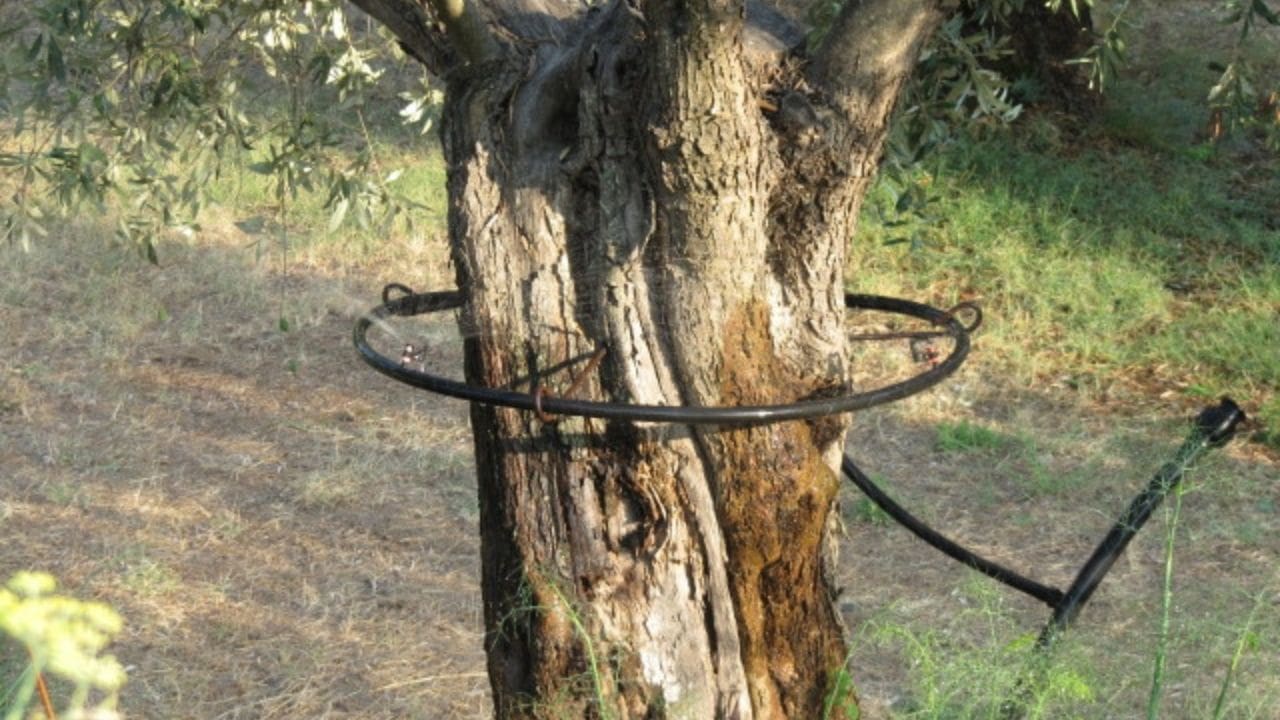

Frequently Asked Questions
How Can Cities Effectively Balance the Need for Development With the Preservation of Urban Forests?
You can effectively balance the need for development with the preservation of urban forests by implementing green building standards, creating green infrastructure, and promoting sustainable urban planning that prioritizes the protection and expansion of green spaces.
What Are Some Innovative Ways That Communities Can Get Involved in Urban Forest Conservation Efforts?
Get involved in urban forest conservation by organizing community tree planting events, advocating for green spaces in urban planning, and participating in local initiatives to protect and maintain urban forests. Your active engagement makes a difference.
Are There Specific Strategies for Enhancing Biodiversity in Urban Areas Through Tree Planting Initiatives?
Yes, there are specific strategies for enhancing biodiversity in urban areas through tree planting initiatives. You can focus on planting native tree species, creating wildlife corridors, and involving the community in tree planting efforts.
What Role Do Urban Forests Play in Mitigating the Effects of Climate Change in Cities?
Urban forests play a crucial role in mitigating the effects of climate change in cities. They provide shade, reduce urban heat island effect, and absorb carbon dioxide. As they mature, they become increasingly effective at sequestering carbon.
How Can Urban Forest Conservation Efforts Contribute to Improved Air and Water Quality in Urban Areas?
By planting and maintaining urban forests, you can help improve air and water quality in cities. Trees act as natural filters, removing pollutants from the air and soil, and reducing stormwater runoff, leading to cleaner and healthier urban environments.


Hello there! I’m Logan Foster, the green-thumbed social media marketer behind the vibrant world of 1800TreeGuy.com. With roots firmly planted in arboriculture, I’ve branched out to help clients cultivate their dream outdoor spaces, one leafy canopy at a time. My knack for nurturing nature is more than a profession—it’s a way of life.
When I’m not talking trees and teaching the art of arboreal care, you can find me cheering on the Bulldogs—my alma mater’s pride and my forever team. My environmental studies there didn’t just teach me about ecosystems; they instilled a lifelong passion for protecting our planet.
Off the clock, I’m an adventurer at heart. Whether it’s trekking the Appalachian trails, pedaling down a mountain path, or crafting guides to share the wonders of the wild, I’m happiest with soil under my nails and the sun on my face. And let’s not forget Yoda, my pug sidekick. He may not have mastered the art of stillness, but his joyful grins are my daily dose of happiness.
I’m all about making connections—between people and the great outdoors and between my clients and their ideal landscape visions. My approach is personal; every tree has a story, and every garden reflects its caretaker.
If you want to green your scene or share in my outdoor escapades, give me a shout on Instagram or Facebook. Let’s cultivate a conversation and grow a community rooted in a love for the lush life.















